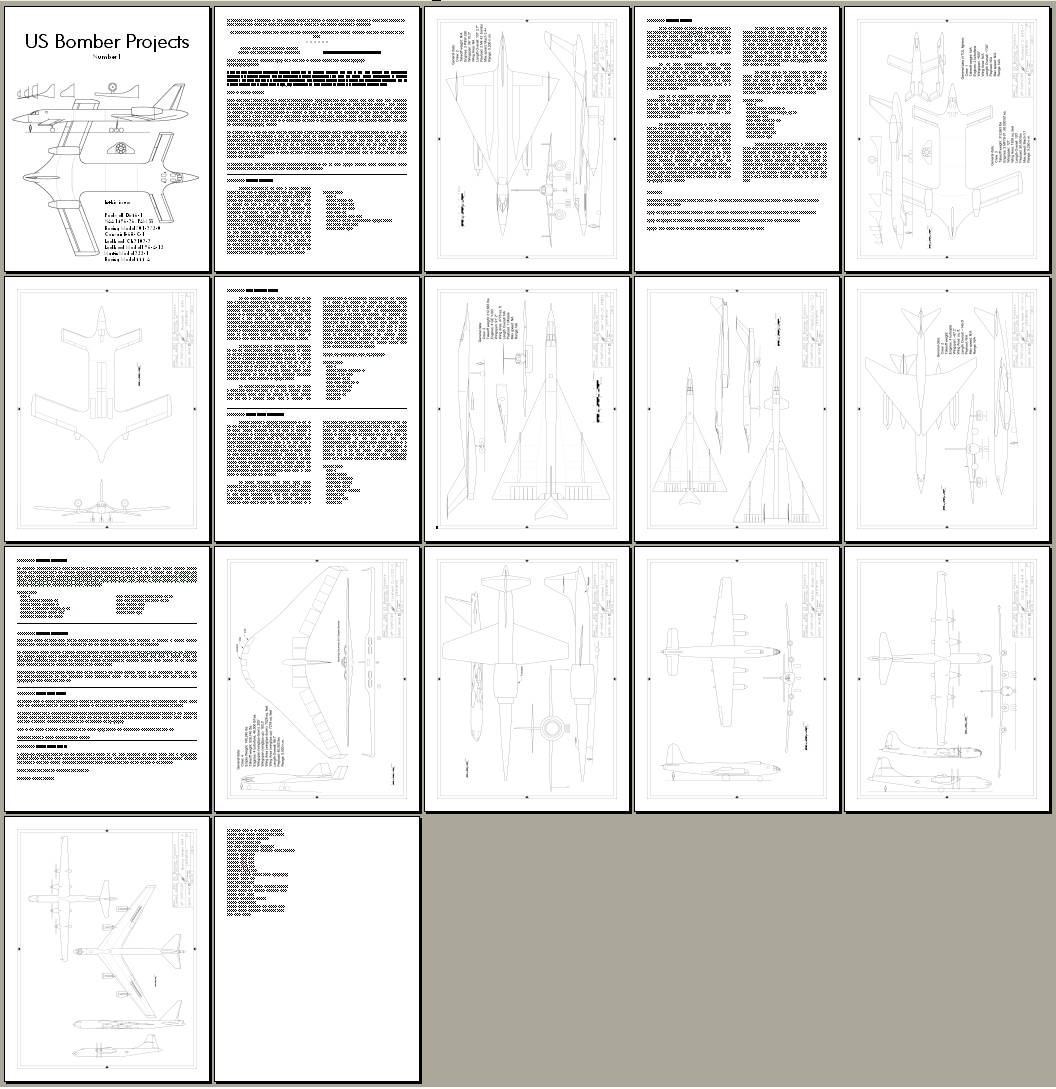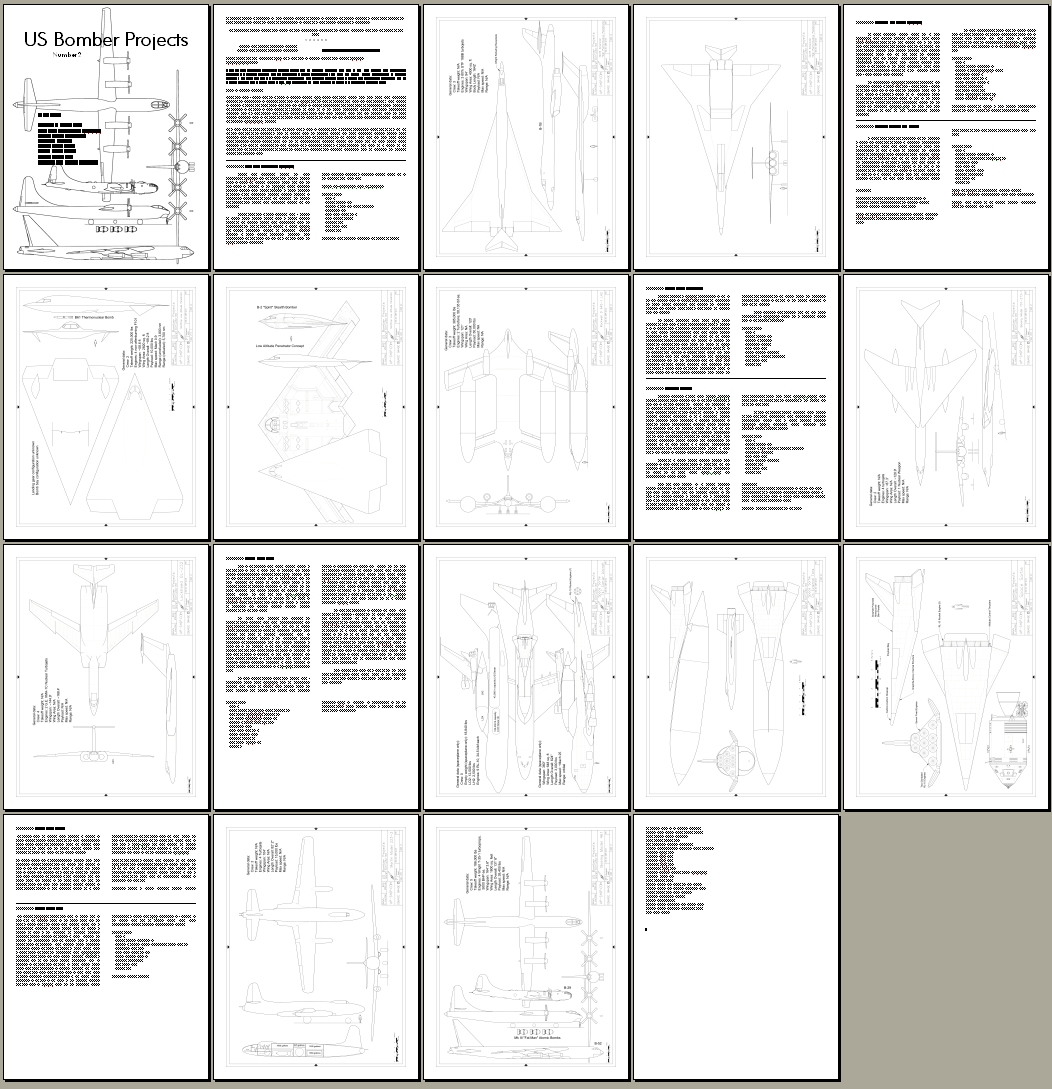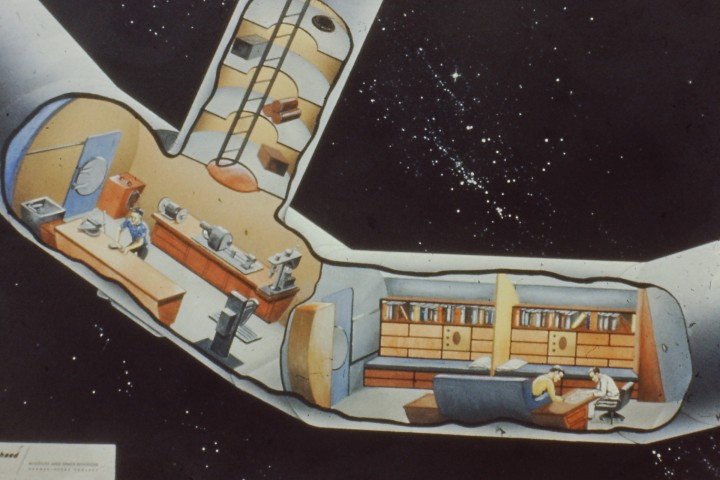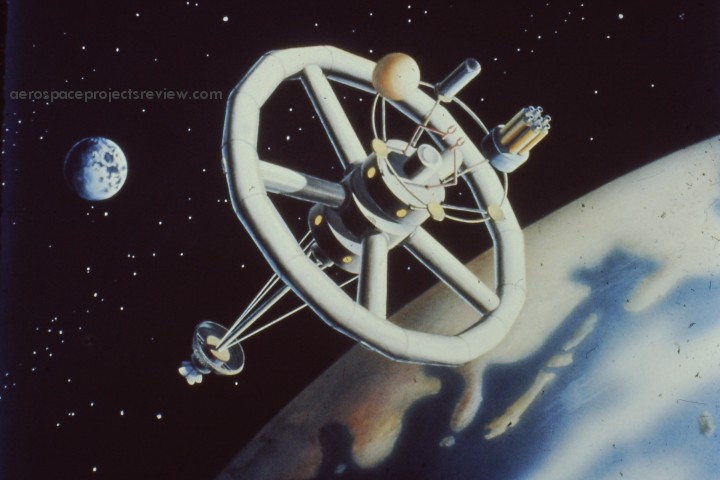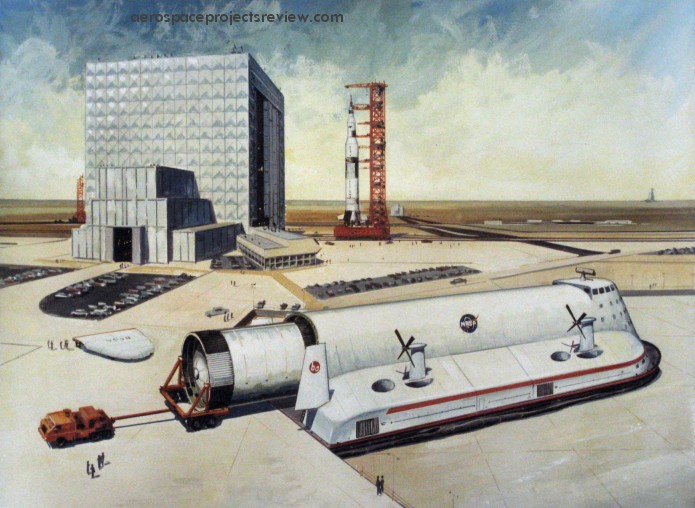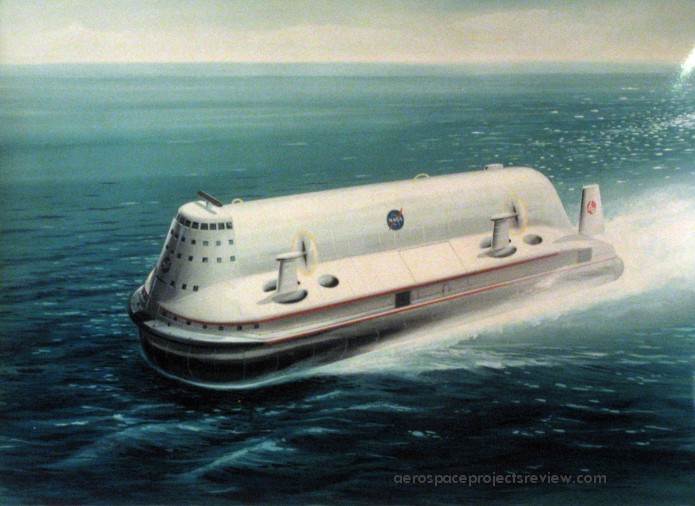More than half a dozen years ago I started working on a book: US Bomber Projects Since World War II. I made some good headway on the research and drafting sides of the effort, and put out a “Preview” to test the waters (which you can still order here. If you haven’t, yer a commie). As with many such efforts, it took much longer than initially expected, started to balloon out of control, helped end my aerospace career and, before too long, became somewhat redundant. When I started working on USBPSWWII, there were no books like that in the world. Lots of Luftwaffe, 1946 stuff, but basically diddly squat about US projects. But before long, reputable publishers started putting out books that covered the basics on USBPSWWII. So since the book was becoming an encyclopedic monster that would not only cover ground other had covered, but would be massively, prohibitively expensive to print, much less buy, I let the project slide into oblivion.
A while back I was talking the project over with a friend, explained why it collapsed. And she pointed out a whole new reason why, instead of letting it be stomped on, I should have charged ahead with it way back when. An important reason, a reason I should have thought of years ago, a terribly motivating reason: spite. And since that’s virtually the only reason why I do much of anything anymore, spiting fate if nothing else, I cracked open the files and started working on it again.
The original plan is still kaput. One great big book that covers, in detail, the evolution of the B-52 and the B-58 and the B-1 would be impossibly large. The original plan was something like Aerospace Projects Review on steroids, with hundred-page articles on a whole bunch of topics, covered in great depth. But a lot of these designs have been covered in the other books that have been published. So… the revived US Bomber Projects will cover the *less* well known designs. Sometimes in my researches I’ve come across designs for which the only documentation is, say, a three-view drawing. In the normal course of things, these designs would be largely left by the wayside since their stories cannot be told with detail and confidence. But now? Heck, those will be the USBP bread and butter. And it won’t be restricted to post-WWII stuff; the war years produced some amazing concepts. There are designs from the 1930’s that really need to be shown.
US Bomber Projects will, instead of one giant book, be a series of short magazines or booklets, covering eight or so designs per issue. The designs in each issue will be unrelated to each other, but there will be “arcs” through the issues. For example, designs leading to the B-48 and B-52 and B-59 are followed from the get-go.
I’ve got the first two issues wrapped up; I need to revise me websites and upload the files, all that mind-numbing necessary stuff. I hope to have #1 and #2 ready for sales within a day. I’m thinking $4 per issue?
